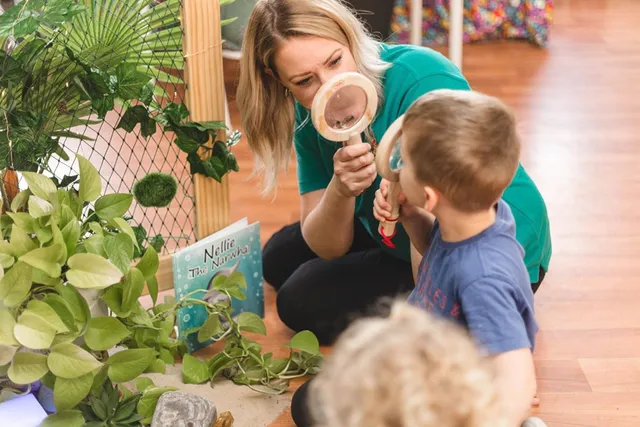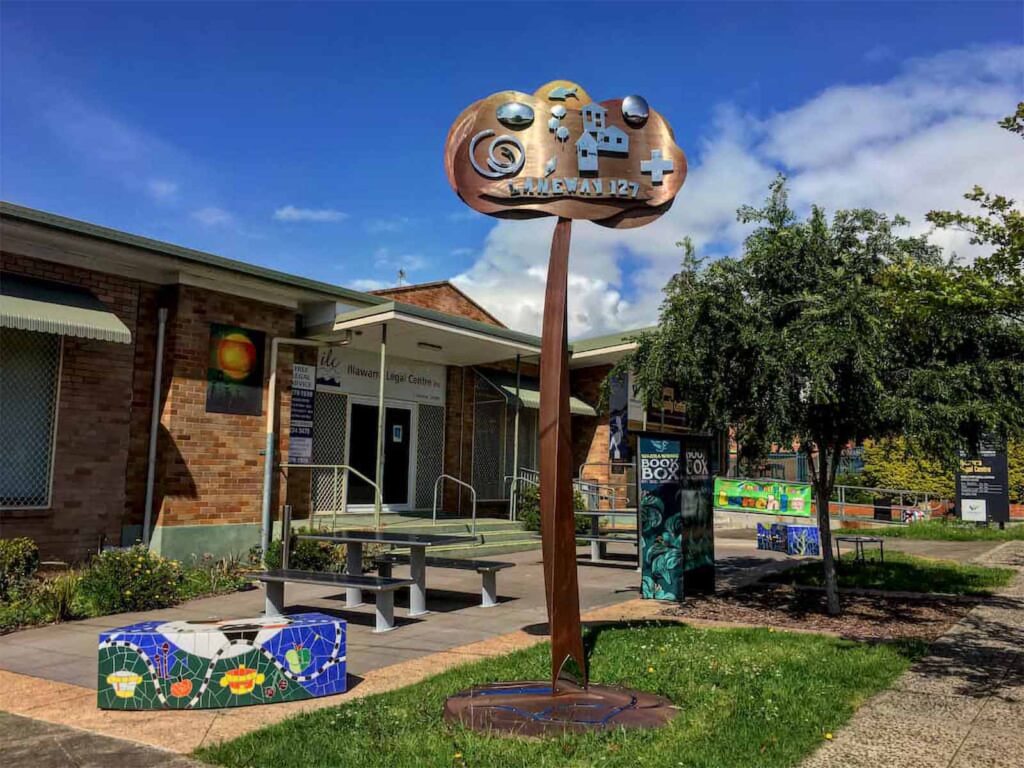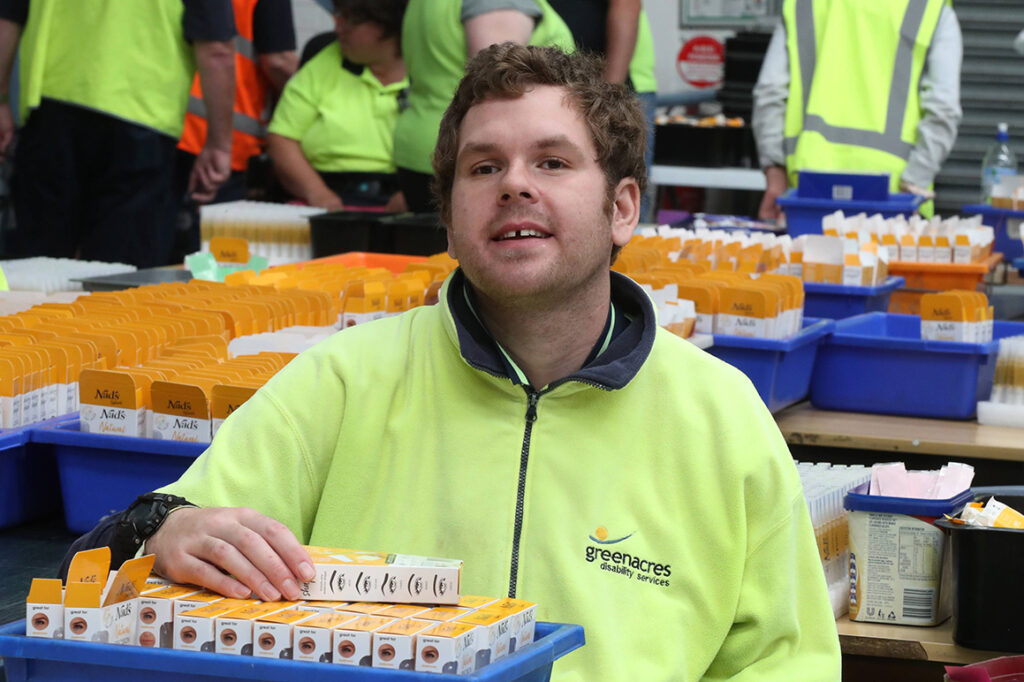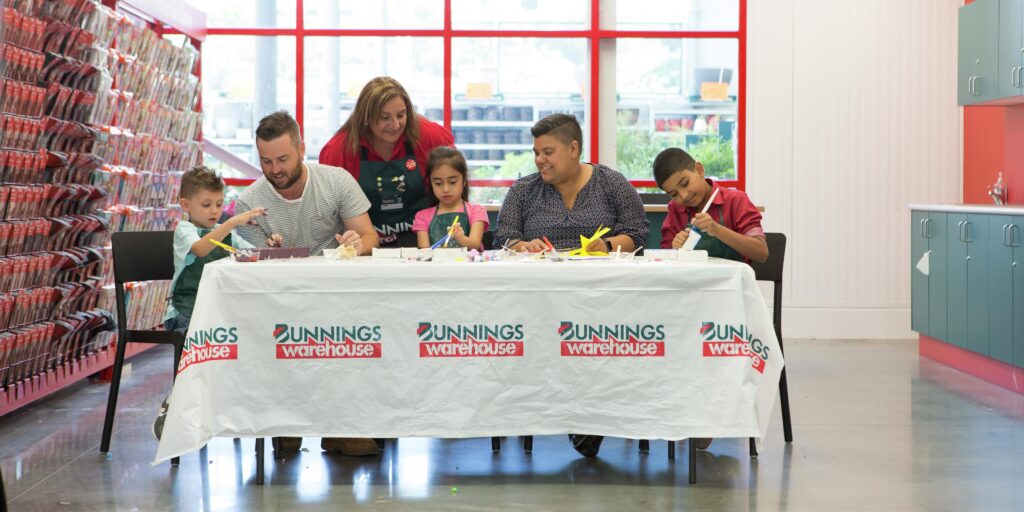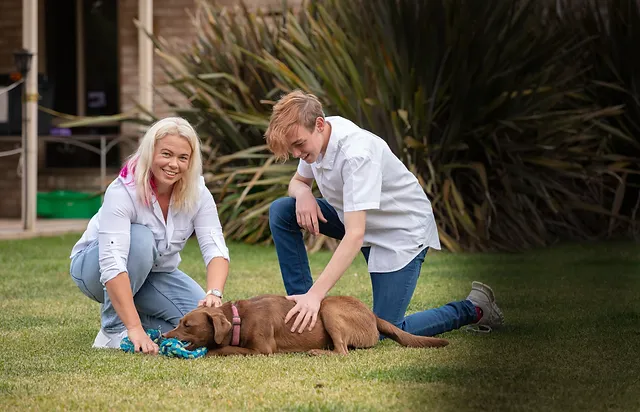Seed Saving
Saving seeds from your garden is an age-old tradition. It may sound like extra work but the results can be extremely rewarding.
Saving seed involves three steps;
- selecting seeds from the most suitable plants
- harvesting them at the right time
- storing them properly until you need to sow them
Vegetables have three main types of seeds: seeds in pods (beans), dry seeds (parsley) and seeds in fleshy fruits (tomatoes).
Harvesting seeds from pods – Your seeds will be ready to harvest when the pods are brown, full and dry. Snip off the pod, open it up to check that the beans are undamaged, and put them in a bag.
Collecting dry seeds – From a dry plant, simply cut the stems from the plant. Place the seed heads in a large paper bag. Leave the bag in a warm, airy place for a few days then shake the seed head to loosen and remove the seeds.
Collecting seeds from fleshy fruits – Choose ripe soft fruits with good colour. Cut the fruit open, scoop the seeds into a sieve and wash, removing as much flesh as possible. Put the clean seeds on a dry paper towel to dry.
Tips for harvesting flower seeds
Flower seeds come in many different forms, some flowers like snapdragons have very fine seed which can be hard to catch. A good trick is to place a paper bag over the spent flowers before cutting the stems and catching the seeds in the bag.
In most cases, it’s best to harvest seeds direct from the plant. Seeds left on the plant will continue to be fed nutrients until the last second. When collecting your seed, you may find bits of debris mixed in with them – you can pick it out or choose to ignore it.
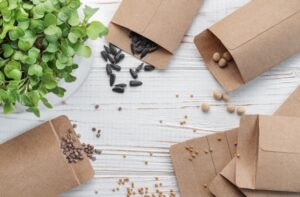
Packaging your seeds!
This can be done using jars, sealable bags, envelopes, containers or paper bags. It’s also important to clearly label your package with information that includes;
- type of seeds
- the date it was saved
- where was it grown
- other relevant information
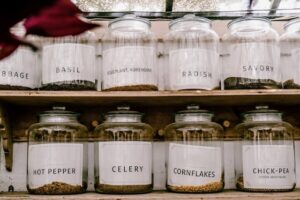
Storing your seeds!
For short-term storage, packaged seeds can be stored in a drawer or cupboard (6 months). If you intend to store your seeds for a longer period, you can store them in the fridge.
To maintain your high quality seeds, it’s always good practice to store your seeds in a cool, dark and dry place.
When removing your seeds from the fridge, leave it out to come to room temperature before opening your seed packaging.












